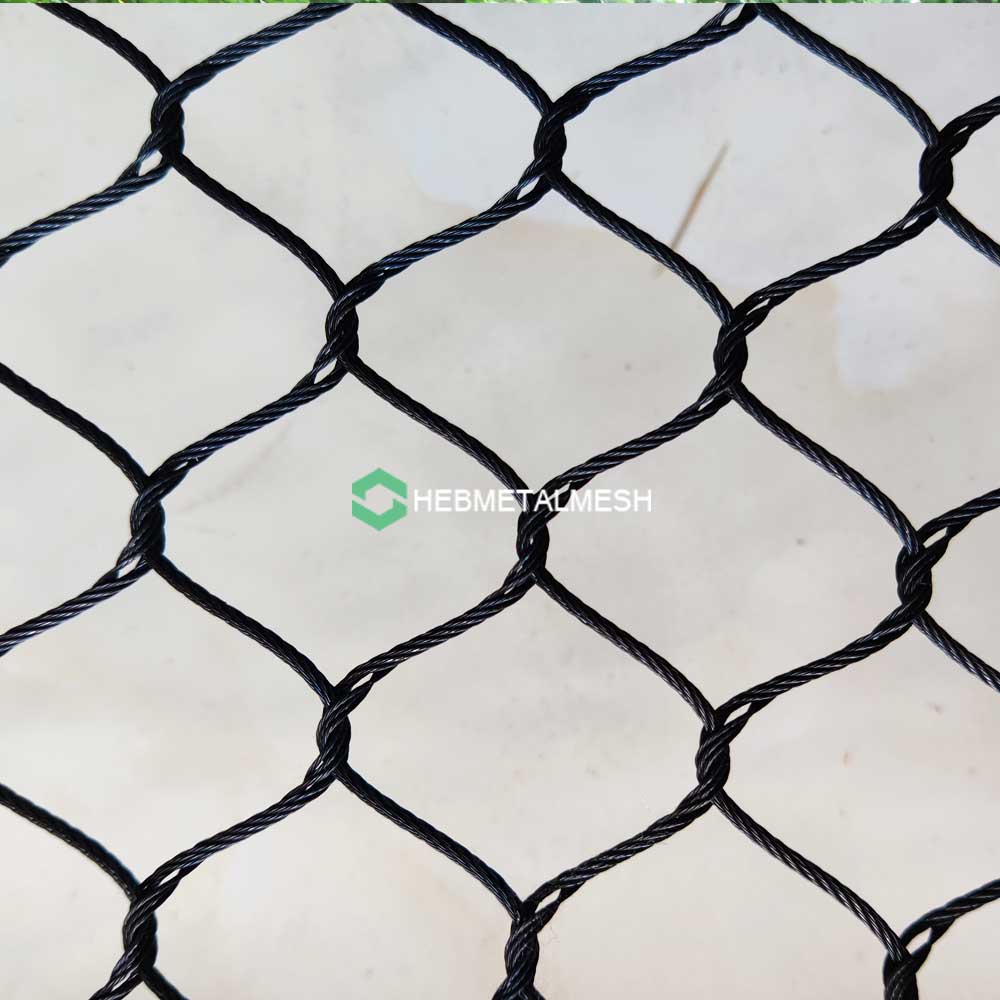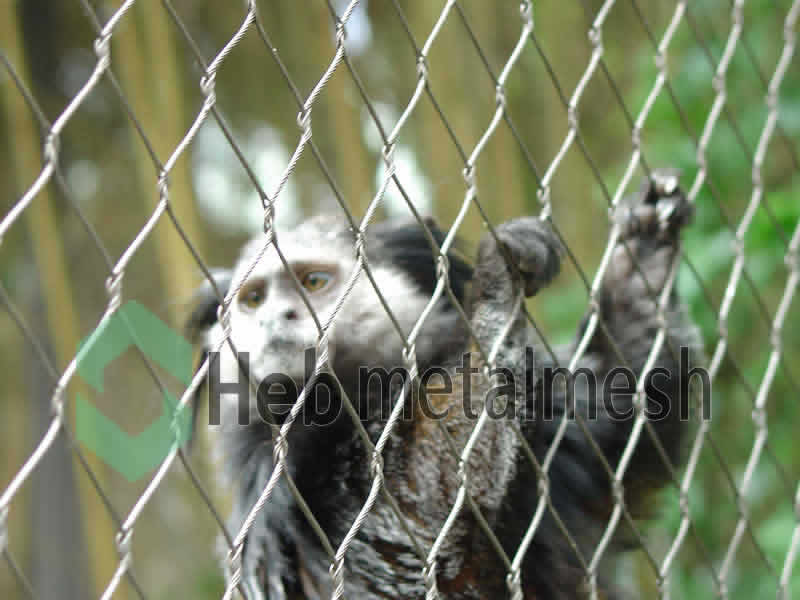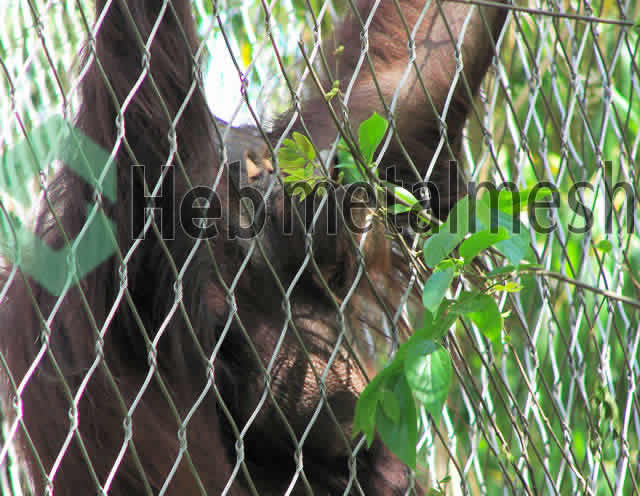Introduction to Animal Habitats
Animal habitats refer to the natural environments in which various species live and thrive. These habitats encompass a wide range of ecosystems including forests, grasslands, wetlands, and aquatic environments. Each type of habitat provides essential resources such as food, water, shelter, and space, allowing animals to display their natural behaviors and maintain their populations. The importance of these habitats for animals is profound; they are fundamental for survival and reproduction. An appropriate habitat not only supports a species’ life cycle but also contributes to its overall well-being and genetic diversity.
Humans play a crucial role in the preservation and creation of suitable habitats for animals. Urbanization, agriculture, and industry can lead to habitat destruction, fragmentation, and degradation, significantly impacting wildlife populations. Conversely, conservation efforts and responsible land management can help restore and protect ecosystems, ensuring that species have the environments they need to thrive. For instance, creating wildlife corridors and reserves can facilitate not only the movement of animals between fragmented habitats but also allow for the reestablishment of local flora and fauna.
Diversity in animal habitats is essential for the resilience of ecosystems. Different species have evolved to adapt to specific conditions within their habitats, utilizing unique strategies for survival. This diversity fosters ecological balance, as various species interact with each other and their environment. Furthermore, with the ever-increasing pressures of climate change and habitat loss, understanding the importance of habitats for animals is critical. By recognizing the integral role these ecosystems play, we can make informed decisions about how to manage and preserve them for future generations.
The Importance of Proper Netting in Animal Habitats
Proper netting in animal habitats is crucial for ensuring the safety and well-being of the animals within. The choice of netting material directly influences various aspects of their lives, including health, comfort, and overall behavior. When considering habitats for animals, the netting serves both protective and functional purposes. It prevents escapes and unauthorized access, while also allowing for adequate airflow and natural sunlight, which are essential for maintaining a healthy environment.
Using the right type of netting can significantly reduce stress levels among animals. Stress is often triggered by the feeling of confinement or exposure to external threats. Well-designed netting creates a secure space where animals can feel protected yet still experience their natural instincts and behaviors. When animals know they are safe within their habitats, they tend to exhibit more natural behaviors, leading to improved mental and physical health.
Moreover, proper netting facilitates veterinary care and observation. The structure of the netting enables caregivers to monitor and interact with the animals without causing undue stress or disruption. This is particularly important in clinical settings where regular health assessments are necessary. Animal habitats equipped with appropriate netting not only function as safe enclosures but also as environments where routine check-ups and treatments can be conducted effectively.
In addition to animal safety and health, the right netting can also enhance the aesthetic appeal of the habitats. Visually pleasing and effective netting creates a harmonious balance between nature and human intervention. Therefore, choosing the proper netting for animal habitats is not merely a matter of functionality; it also has significant implications for the quality of life experienced by the animals. Ensuring that secure, durable, and well-designed netting is utilized can help foster a thriving environment for various species.
Different Types of Netting Materials for Animal Habitats
When creating habitats for animals, selecting the appropriate netting material is crucial for ensuring the safety and comfort of the inhabitants. There are several types of netting materials available, each with its own advantages and disadvantages, particularly when it comes to specific species and environmental conditions.
Plastic netting is one of the most commonly used options in animal habitats due to its lightweight nature and affordability. It is resistant to moisture and rot, making it suitable for various climates. However, it may not provide sufficient strength for larger animals or those known for their escape tendencies. Additionally, over time, plastic netting can wear down due to UV exposure, reducing its longevity.
Metal netting, which includes options such as chain link and welded wire, offers robust security for animals, especially larger species. This type of netting is typically resistant to chewing and clawing, thereby minimizing the potential for escape. Though it provides excellent durability and longevity, metal netting can be more expensive than other options and might require additional maintenance to manage rust or corrosion in wet environments.
Wire netting, particularly wire rope mesh, is gaining popularity for its flexible design and strength. It can adapt to various shapes and enclosures, creating safe habitats for both small and large animals. Wire rope mesh allows for excellent airflow and visibility while being strong enough to deter most escape attempts. However, it may come at a higher cost compared to plastic and other netting materials, which may be a consideration for budget-conscious projects.
Each netting material has its unique features that affect its viability for animal habitats. Understanding these materials will help ensure that the chosen netting provides a secure and comfortable environment for the animals it is meant to protect.
Why Wire Rope Mesh is a Superior Choice
When evaluating netting options for various habitats for animals, wire rope mesh stands out as a superior choice for multiple reasons. First and foremost, its durability is unmatched compared to traditional netting materials. Wire rope mesh is constructed with high-quality stainless steel or galvanized wire, which prevents rusting and significant wear over time. This ensures a long lifespan, making it a reliable option for both indoor and outdoor settings where animal habitats are created.
In addition to its durability, wire rope mesh also boasts exceptional flexibility. This characteristic allows for easy installation across a variety of structures, whether it be for enclosures, fences, or overhead barriers. The mesh can conform to different shapes and sizes, accommodating diverse habitat requirements and ensuring that animals have a comfortable and secure environment.
Visibility is another significant advantage of wire rope mesh. The open design permits light and air to circulate freely in the habitat, which is essential for the well-being of many animals. Natural lighting is crucial, as it influences their natural behaviors and overall health. Furthermore, being able to see through the mesh reduces stress for animals, as they are less likely to feel confined or isolated within their enclosure.
Moreover, wire rope mesh provides a high level of safety. The strength of the material prevents escapes and protects animals from potential threats. This is particularly vital for animal habitats that house more vulnerable species or those requiring special care. The mesh is designed to withstand challenging environmental conditions, ensuring the safety and comfort of the animals residing within.
For these reasons, wire rope mesh emerges as an optimal solution for animal habitats, providing the durability, flexibility, visibility, and safety that both animals and caregivers need.
Specifications of Wire Rope Mesh for Different Applications

Wire rope mesh is an essential component in creating effective habitats for animals, offering a versatile solution that meets various specifications tailored for diverse applications. One of the primary considerations when selecting wire rope mesh is mesh size. The size of the openings significantly influences the safety and accessibility for different species. A smaller mesh size is suitable for smaller animals or to prevent escape, while larger openings can facilitate habitat designs for larger species. It is crucial to choose a mesh size that balances security and ease of movement, ensuring that animals can thrive within their environments.
Another key specification is wire thickness. The durability of wire rope mesh largely depends on the thickness of the wire used. Thicker wires provide increased strength and resistance to wear and tear, making them ideal for habitats exposed to harsh conditions or heavy usage. In contrast, lighter wires may be sufficient for more protected environments where the risk of damage is minimal. When selecting the appropriate wire thickness, consider not only the specific animal species but also the environmental factors and potential stressors present in the habitat.
Strength ratings play a pivotal role in determining the suitability of wire rope mesh for specific applications. The material used, as well as the manufacturing processes, affects the overall tensile strength and load-bearing capabilities of the mesh. Selecting a high-strength wire rope mesh is essential for habitats that may experience high volumes of interaction, whether from animal movement or human maintenance activities. Investing in robust wire rope mesh contributes to the long-term sustainability and safety of animal habitats, ensuring that they remain secure and functional over time. When making choices about wire rope mesh specifications, assessing the unique needs of the habitat is paramount.
Customizable Roll Sizes for Unique Habitat Needs
Choosing the appropriate netting for animal habitats is crucial for ensuring the safety and well-being of the animals. One significant advantage of wire rope mesh is its availability in customizable roll sizes, which allows for tailored installations. This flexibility caters to diverse requirements and varying dimensions of animal habitats, ensuring the netting fits perfectly in any environment.
Customizable roll sizes enable facility managers and wildlife professionals to select dimensions that align with the specific needs of different species and habitat designs. For example, larger habitats for animals such as deer or bears may require expansive configurations that traditional netting cannot accommodate. Conversely, smaller, enclosed areas for smaller species can also benefit from the versatility offered by adjustable roll sizes. This ensures an optimal fit, minimizing waste and enhancing habitat functionality.
Additionally, the adaptability of wire rope mesh ensures compliance with regulatory standards for animal care. Facilities may operate under varying guidelines dictated by the specific species housed within their environments. Customizable sizes help meet these regulations while maintaining the integrity and safety of the habitats for animals.
Moreover, the installation process becomes more efficient with customizable rolls. Staff members can minimize the time spent on site, reduce labor costs, and ensure that habitats are set up properly and promptly. The ease of use and installation of wire rope mesh in different sizes aids in maintaining secure and safe environments for diverse species within the animal habitats.
In summary, the flexibility provided by customizable roll sizes of wire rope mesh is instrumental in creating tailored installations that fit the specific dimensions and needs of various animal habitats. This adaptability greatly benefits both the caretakers and the animals who reside within these structured environments.
Installation Tips for Wire Rope Mesh in Animal Habitats
When it comes to establishing secure and functional habitats for animals, the installation of wire rope mesh is a critical step. Proper installation ensures the safety of the animals while also meeting the requirements for their well-being. To begin the installation process, it is essential to select the right size and type of wire rope mesh that corresponds with the species of animals being housed. Different species have varying needs and behaviors, making this selection crucial.
After selecting the appropriate mesh, one must assess the installation area. Ensure the location is free of sharp objects and potential hazards that could cause injury to the animals. Begin by measuring the designated habitat area accurately. This will dictate how much mesh is required and allow for a smooth installation. Once measurements are in place, prepare the frame or supporting structure, which should be sturdy enough to withstand the tension of the wire rope mesh.
When it comes to securing the mesh, it is important to use durable fastening tools, such as clamps or ties, designed specifically for wire rope. This enhances the longevity and reliability of the installation. As you attach the mesh, maintain consistent tension throughout to prevent sagging or unintended gaps. Regular checks during the attachment process can help adjust any misalignments early on.
In addition to securing the mesh, it is crucial to comply with animal welfare standards. This includes ensuring that the mesh does not have sharp edges exposed and that there is sufficient visibility for the animals to feel secure. Furthermore, leave adequate space between the mesh and any potential climbing structures to prevent entrapment. Overall, adhering to these installation guidelines will create safe, comfortable habitats for animals, promoting their health and well-being.
Case Studies: Successful Animal Habitats Created with Wire Rope Mesh
Wire rope mesh has proven to be an advantageous material for constructing various habitats for animals across multiple environments. Several case studies illustrate the successful application of this robust netting solution in wildlife conservation and animal rehabilitation. One notable example is the creation of a protected wildlife corridor in a national park, designed to facilitate the safe movement of species such as deer and other large mammals. The wire rope mesh construction ensured durability against harsh weather conditions while allowing the animals to navigate freely without close contact with human activities.
Another case study highlights the establishment of an aviary for endangered bird species. Traditional netting materials often posed risks of entanglement, leading to injuries among birds. In contrast, wire rope mesh provided a safe, barrier-free environment, enabling birds to fly freely while still being protected from potential predators. The transparency of wire rope mesh facilitated proper light exposure, which is crucial for the health and well-being of the avian inhabitants.
Moreover, a rehabilitation center for marine mammals has also successfully integrated wire rope mesh in constructing their enclosures. The use of this material not only provided the necessary safety for both the animals and staff but also enhanced visibility, allowing visitors to observe the creatures without causing undue stress. The versatility of wire rope mesh allowed the center to create customized habitats tailored to the needs of individual species, ensuring that the unique behavioral patterns of each animal were respected.
These real-life examples demonstrate the effectiveness of wire rope mesh in creating secure and sustainable habitats for animals. By promoting the welfare of various species, this type of netting has emerged as an essential component in habitat design, contributing positively to conservation efforts and animal rehabilitation programs worldwide.
Conclusion
Choosing the appropriate netting for animal habitats is an essential decision that impacts not only the welfare of the animals but also the effectiveness of the enclosure. Throughout this discussion, we have examined the various factors that contribute to selecting the right kind of netting, emphasizing the significant advantages of wire rope mesh. This particular option offers durability, safety, and flexibility, making it a compelling choice for both domestic and wild animal enclosures.
The structural integrity of wire rope mesh ensures it can withstand various environmental challenges, such as harsh weather and potential wear and tear. Its ability to provide secure confinement while allowing ample visibility promotes a healthier environment for the animals. This transparency is crucial as it encourages natural behaviors, ultimately leading to a better quality of life. Additionally, the aesthetic appeal of wire rope mesh can enhance the overall design of the habitats for animals, ensuring they are not only functional but also visually pleasing.
Moreover, the use of wire rope mesh in constructing habitats supports the broader implications of animal welfare. By selecting a strong yet versatile material, we can create spaces that prioritize both safety and comfort for the inhabitants. It is vital for caregivers and facility managers to recognize the importance of investing in high-quality materials that will serve the needs of the animals for years to come. The decision to utilize wire rope mesh exemplifies a commitment to animal care and creates a conducive environment for their well-being.
In conclusion, we encourage all stakeholders involved in the creation and maintenance of animal habitats to consider wire rope mesh as the most reliable option. By thoughtfully evaluating the materials used in constructing habitats for animals, we can positively impact their health, safety, and overall quality of life.


